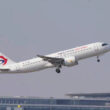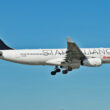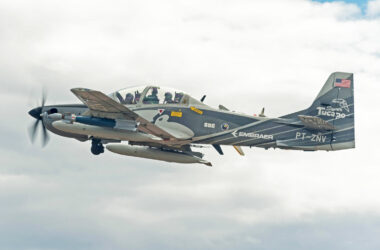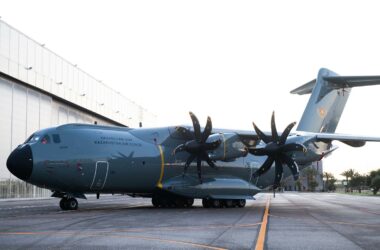Chinese state network CCTV on Tuesday published a short video showing the new Fujian aircraft carrier, also known as Type 003, for the first time in detail.
The vessel was carrying out mooring tests and appears at a frontal angle with its three electromagnetic catapults uncovered.
With a displacement of at least 80,000 tons, the Fujian is second only in size to the US Navy’s super aircraft carriers (with a displacement of 100,000 tons or more).
The ship is the first aircraft carrier completely designed and developed in China and is expected to enter service in 2025.
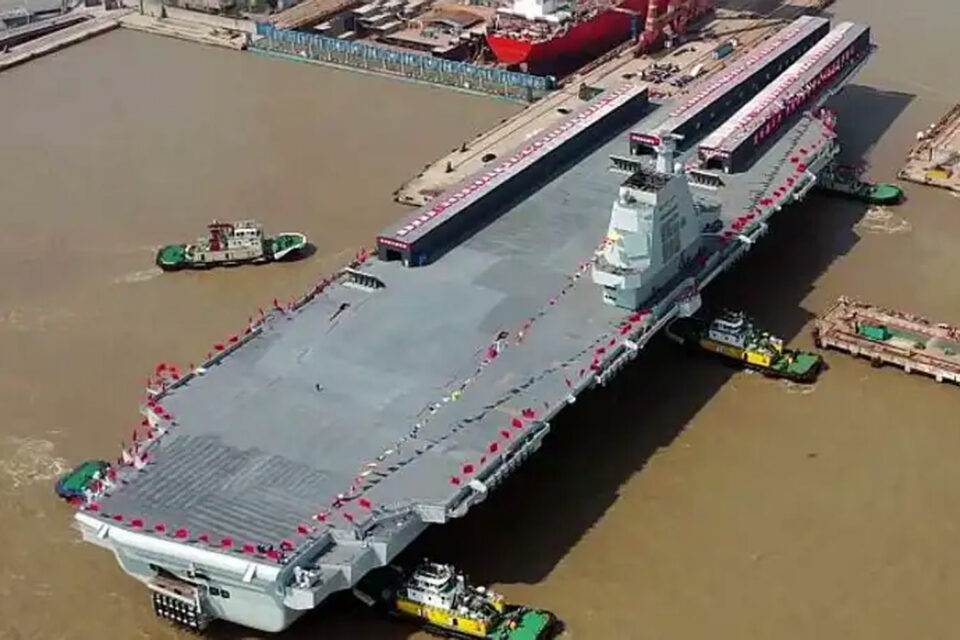
The People’s Liberation Army Navy (PLAN) has two other aircraft carriers, the Liaoning and Shadong, which are based on Russian aircraft carriers, and use ski-jumps for plane launches.
The images show the main island with scaffolding as well as a life-size model of a J-15 fighter with its wings retracted.
CCTV Broadcast News Says PLAN CV-18 Fujian Aircraft Carrier Undergoes Mooring Test as Planned pic.twitter.com/auBVk3YVpE
— David Wang (@Nickatgreat1220) January 2, 2024
Sea trials
Despite being published on January 2, the video footage would have been recorded some time ago as there are reports that the Fujian returned to dry dock in Jiangnan for final checks before the start of open sea trials.
In November, a passenger on a commercial plane caught a test launch of electromagnetic catapults (EMALs), carried out with a land vehicle.
The three EMALs are the first to equip an aircraft carrier outside the United States, whose Navy introduced the technology on the new Gerald R. Ford class of ships.
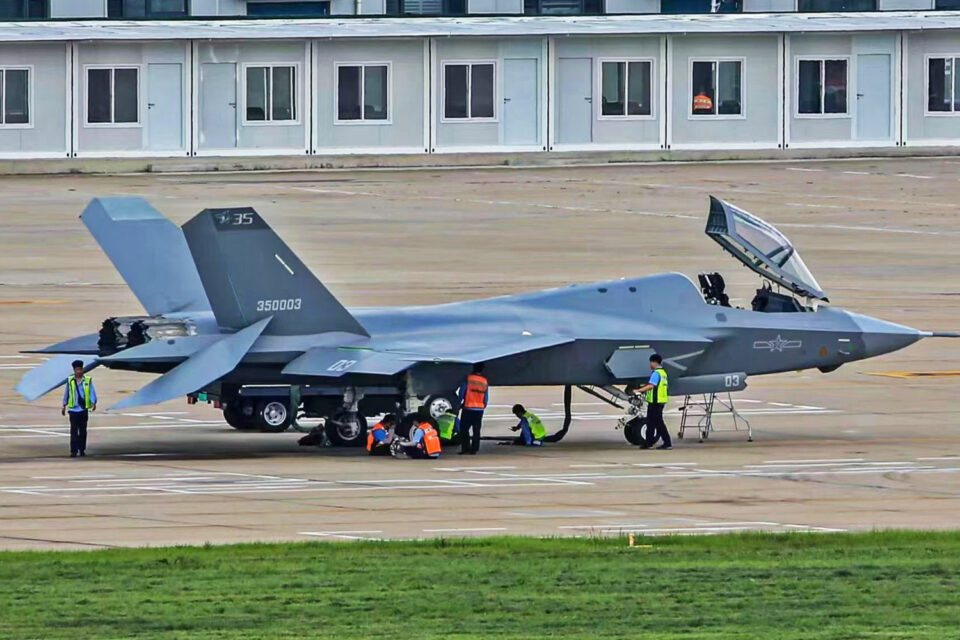
The system is considered more efficient than steam catapult technology as it takes up less space and has a greater launch capacity per hour.
The new Chinese aircraft carrier is expected to receive an air wing made up of J-15 fighters and the new J-35, with stealth capabilities, as well as an airborne early warning aircraft (KJ-600), drones and helicopters.
Follow Air Data News: Google News | Instagram | LinkedIn | Twitter | Facebook
Fujian, however, still lags behind US aircraft carriers in at least one respect. Its propulsion is still done by steam turbines instead of nuclear reactors, which allows the US Navy to sail its vessels for a long time without the need for refueling.


